Portrait photography and ancient monuments

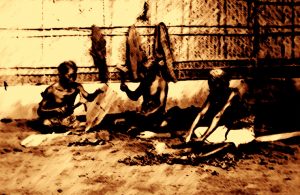
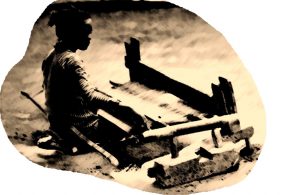 As for Indonesia, some travel agencies offer monumental adventure packages, between rituals and nature. Upon your arrival, you will find its rich contrasts that wait for nothing more than to be discovered. Among its spectacular islands, Sulawesi, Bali and Java. With 13,000 islands, you could go in search of the world of Kassian Cephas, the first Indonesian indigenous photographer who sent us the memory of the Borobudur temples https://whc.unesco.org/en/list/592/ and Javanese dances. Trained at the request of a sultan, he was the first indigenous person from Indonesia to become a professional photographer. Kassian Cephas https://monovisions.com/kassian-cephas-biography-19th-century-javanese-photographer/ was born in Yogyakarta into a Juanary day 1845, becoming in 1871 Javanese photographer of the court of a sultanate. He began working on portrait photography for members of a royal family, and documentary work for the Dutch Archaeological Union. His work first appeared for a wider public in 1888, included 16 collotype prints of the art of Hindu Javanese dances. Through membership in the Royal Netherlands Institute of Southeast Asian, he was recognized for his contributions to preserving Java’s cultural heritage. He was credited with photographing the Borobudur temple complex after its hidden base was discovered in 1885. He bought a new camera in 1886, which enabled him to capture pictures in 1/400th of a second, with subjects photographed more quickly. Kassian Cephas https://artsandculture.google.com/entity/kassian-cephas/m0c01k6j raised four children and eldest son continued the family’s business, until his own death.
As for Indonesia, some travel agencies offer monumental adventure packages, between rituals and nature. Upon your arrival, you will find its rich contrasts that wait for nothing more than to be discovered. Among its spectacular islands, Sulawesi, Bali and Java. With 13,000 islands, you could go in search of the world of Kassian Cephas, the first Indonesian indigenous photographer who sent us the memory of the Borobudur temples https://whc.unesco.org/en/list/592/ and Javanese dances. Trained at the request of a sultan, he was the first indigenous person from Indonesia to become a professional photographer. Kassian Cephas https://monovisions.com/kassian-cephas-biography-19th-century-javanese-photographer/ was born in Yogyakarta into a Juanary day 1845, becoming in 1871 Javanese photographer of the court of a sultanate. He began working on portrait photography for members of a royal family, and documentary work for the Dutch Archaeological Union. His work first appeared for a wider public in 1888, included 16 collotype prints of the art of Hindu Javanese dances. Through membership in the Royal Netherlands Institute of Southeast Asian, he was recognized for his contributions to preserving Java’s cultural heritage. He was credited with photographing the Borobudur temple complex after its hidden base was discovered in 1885. He bought a new camera in 1886, which enabled him to capture pictures in 1/400th of a second, with subjects photographed more quickly. Kassian Cephas https://artsandculture.google.com/entity/kassian-cephas/m0c01k6j raised four children and eldest son continued the family’s business, until his own death.
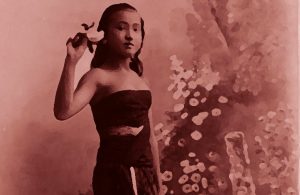 In Yogyakarta, Kassian Cephas https://artsandculture.google.com/entity/kassian-cephas/m0c01k6j began training under a court photographer of a Yogyakarta sultanate, where he became the appointed court painter and photographer. His studio was located on the second floor of the building in Lodji Ketjil Wetan area (now Major Suryotomo Street). Aside from portrait photography, he also produced many works on buildings and ancient monuments. He was assigned to photograph the temple of Prambanan, and the final publication included 62 collotypes depicting the site and the surrounding temples. The family’s photography business ended when Cephas major son died on 1918. They were all buried in Yogyakarta, between the Beringharjo market and the Lodji Ketjil area.
In Yogyakarta, Kassian Cephas https://artsandculture.google.com/entity/kassian-cephas/m0c01k6j began training under a court photographer of a Yogyakarta sultanate, where he became the appointed court painter and photographer. His studio was located on the second floor of the building in Lodji Ketjil Wetan area (now Major Suryotomo Street). Aside from portrait photography, he also produced many works on buildings and ancient monuments. He was assigned to photograph the temple of Prambanan, and the final publication included 62 collotypes depicting the site and the surrounding temples. The family’s photography business ended when Cephas major son died on 1918. They were all buried in Yogyakarta, between the Beringharjo market and the Lodji Ketjil area.
If you want to know photographic stories already published, you can type http://meetingbenches.com/category/photo/. The intellectual properties of the images that appear on this blog correspond to their authors. The only purpose of this site is to spread the knowledge of these creative people, allowing others to appreciate the works.
 Meeting Benches World art in all forms
Meeting Benches World art in all forms
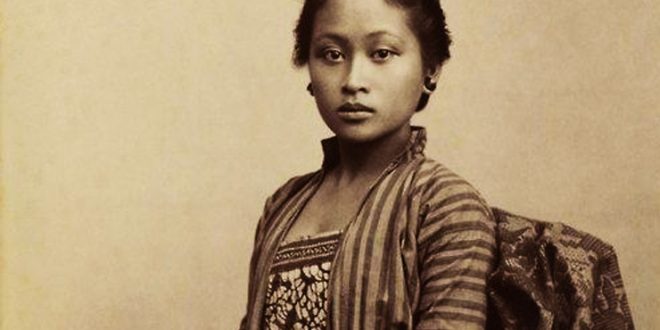
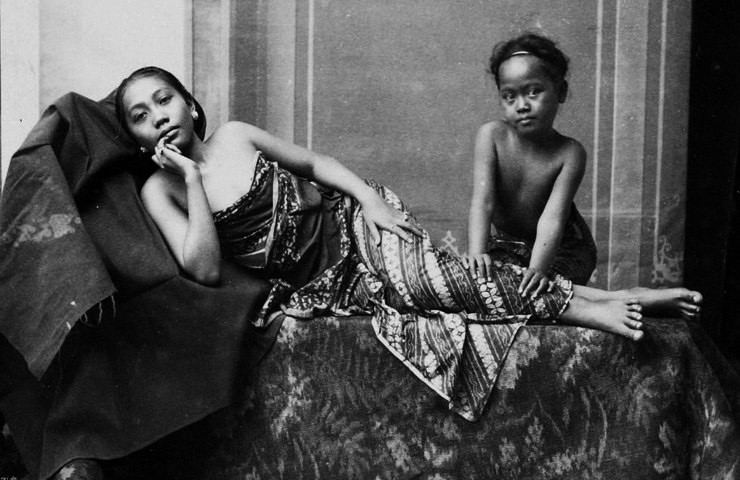









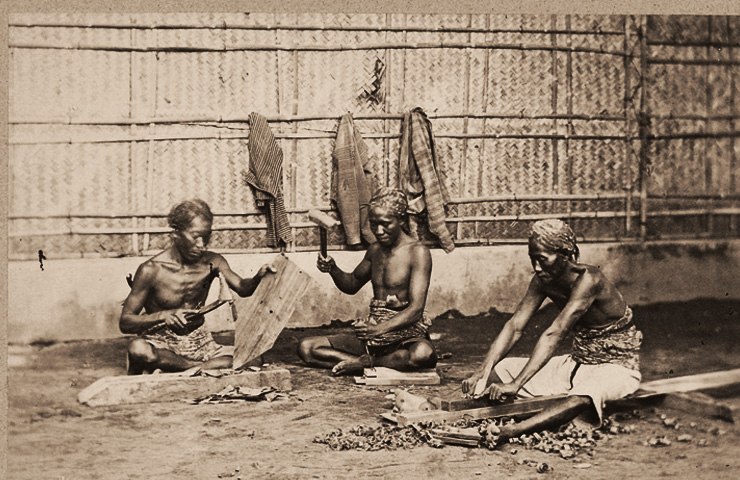







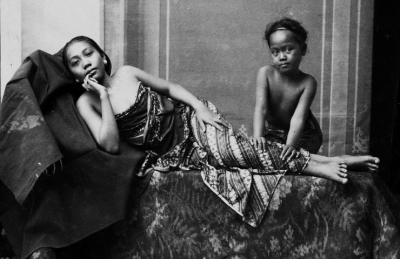

















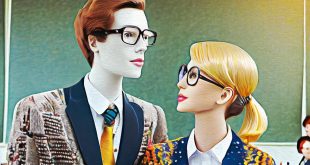
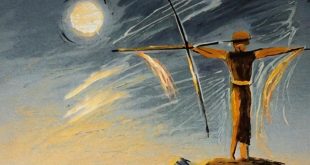
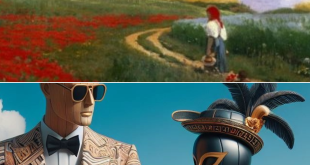
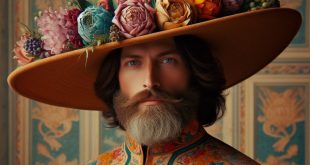
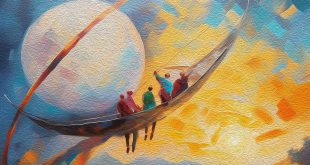


One comment
Pingback: TELL ME WHERE YOU GO, I WILL TELL YOU WHO YOU ARE – Indonesian journey, where to learn to immerse yourself between silences - Meeting Benches